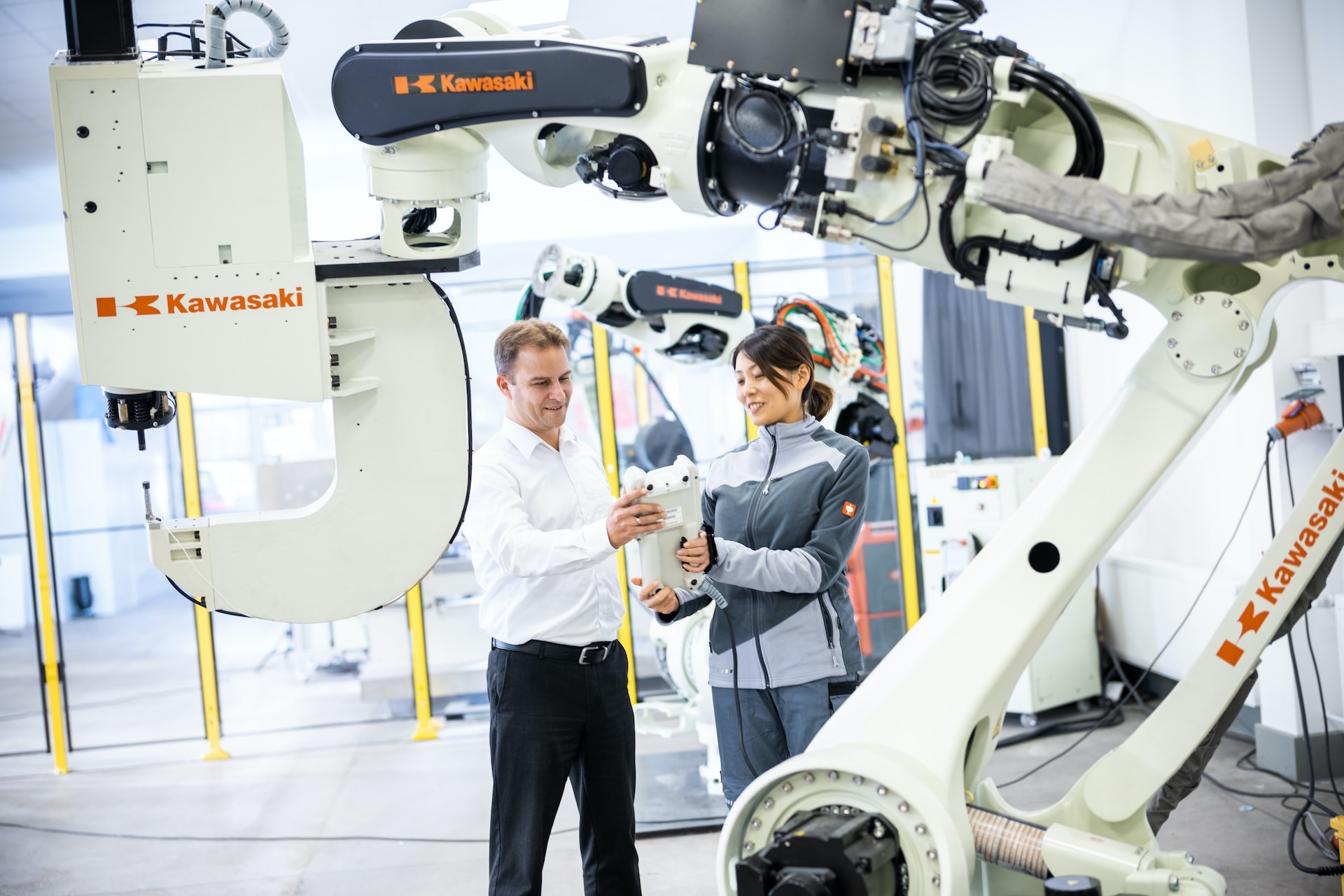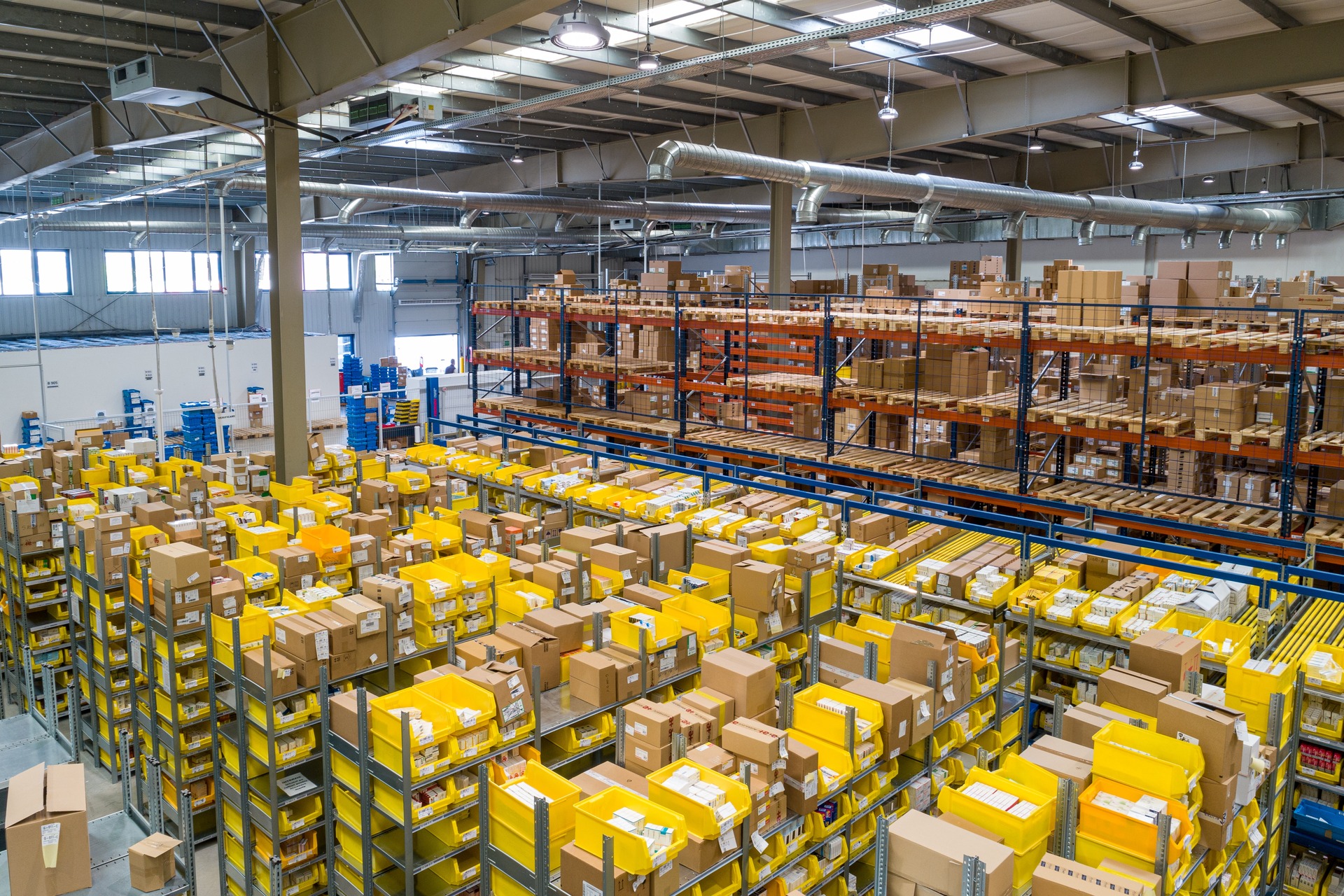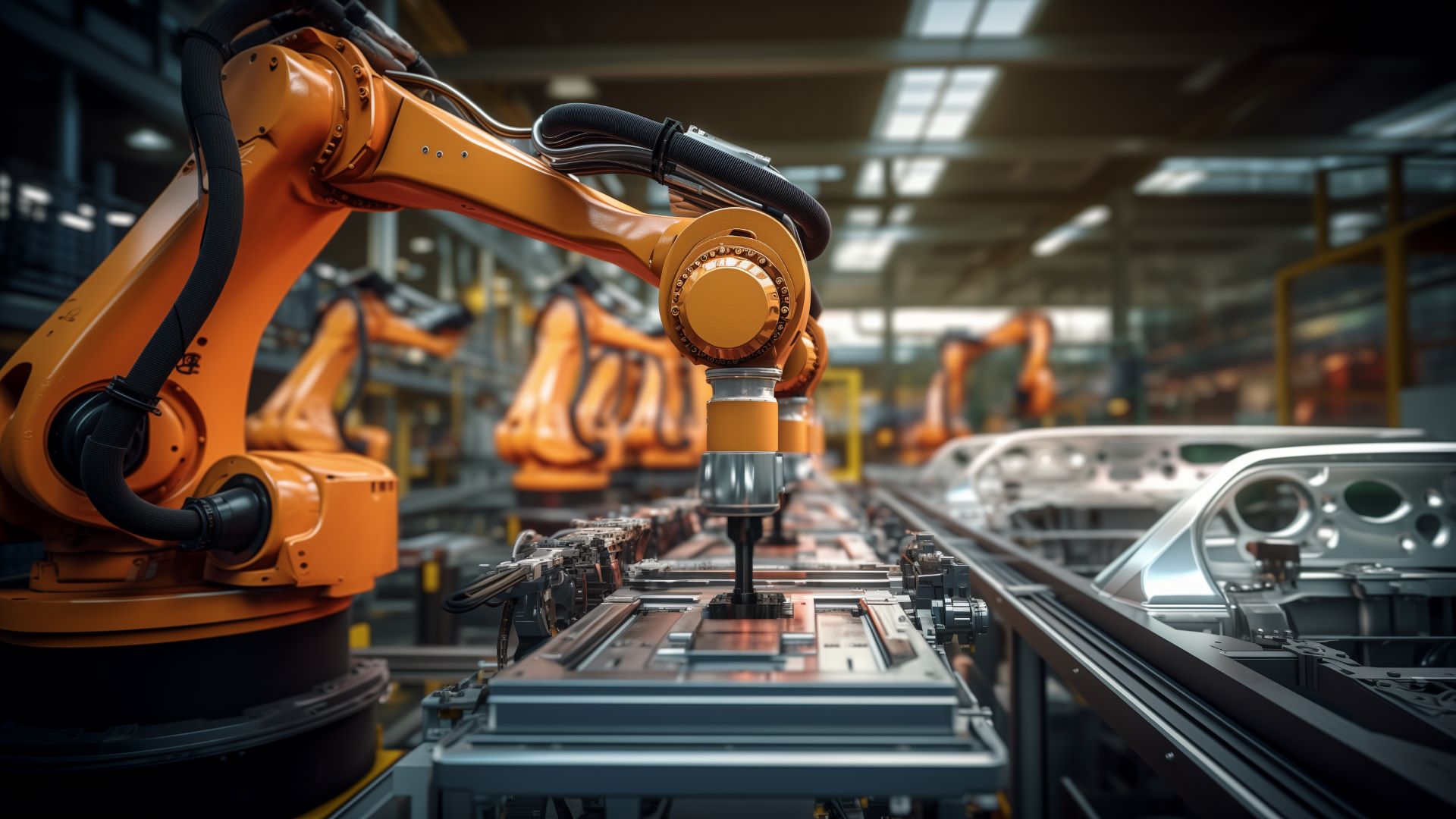
Industrial Analytics Helps Manufacturers Adapt to Industry 4.0
March 7, 2018 - Emily Newton
Revolutionized is reader-supported. When you buy through links on our site, we may earn an affiliate commision. Learn more here.
In the industrial world we knew just a few years ago, optimizing, scaling and adapting one of your processes meant months of study and data-capture, sometimes just to bring about a single change. That’s not the case any longer. With smart analytics for industrial functions, manufacturing operations all over the globe can realize new heights of efficiency, competitiveness and profitability. Industry 4.0 is already here — but are you ready? Here are four ways industrial analytics helps manufacturers and why it’s worth getting excited about.
1. Allow Self-Diagnosis and “Prognostics” for Manufacturing Equipment
You probably do a good bit of maintenance already if you rely on electronic or mechanical equipment to manufacture or move your products. Fortunately, industrial analytics helps manufacturers take some of that burden off their already full plate?
Manufacturers know better than anybody that small component failures can sometimes result in significant losses of time and money. But now, big data analytics can join with “intelligent” and sensor-laden manufacturing systems that can literally watch over themselves for impending breakdowns and changes. Some of the factors they can monitor in your machines and their environment include heat rate, turbine or fan speed, exhaust flow or temperature, vibrations and pressure.
Less dramatic, but no less important, they can also send you alerts at regular intervals when wear-parts need to be replaced. Clearly, reactionary equipment management and panicked shopping-around for replacements are not long for this world — and neither are bloated maintenance budgets.
2. Achieve Deeper Insights Into Efficiency and Bottlenecks
The Internet of Things is quickly becoming the backbone of modern manufacturing and material handling. Equipping our supply chains and assembly processes from start to finish with internet connectivity essentially gives our equipment a sense of “context” regarding how, and how well, it functions in the broader context of our operations.
In other words, an IoT-equipped assembly line can deliver detailed analytics right to your smartphone or desktop computer that let you dive into how one machine at a time is slowing down your operation or even how making several small changes at once might free up a meddlesome bottleneck.
The truth is, not a lot of planning can happen until you better understand your current workflow and whether it can absorb future disruptions — even deliberate ones. By better understanding how each of the discrete pieces of your operation works together with the others, you can put together more detailed, better-informed infrastructure plans — plus remain agile enough for additional breakthroughs and technologies down the road. That’s critical to your competitiveness as Industry 4.0 rolls out even more widely.
3. Enjoy More Efficient Communication Between Facilities and Hubs
Industry 4.0 has also brought with it “industrial internet,” which can mean something different to each manufacturer, but is impressively capable in any case.
Industrial internet uses modern architecture like fiber plus cloud and “edge” storage to reduce latency between your hubs or manufacturing plants and to allow for nearly instant sharing of data. In much the same way as individual Amazon fulfillment centers “watch” each other’s inventory and pair-up products for multiple-item orders with frightening efficiency, your facilities can also maintain a connection with, and awareness of, each other and their operations.
Why? Because, in the same way those smart conveyors and CNC machines watched themselves for component failure, so can your facilities watch for slowdowns across your operation. If one of your locations finds itself running low on inventory of a particular raw material you need for manufacturing, but another place has a surplus, your connected facilities can bring this to your attention and, depending on your level of automation, even get the pieces moving toward their destinations without your intervention.
4. Retrofit Your Way to the Future
According to Germany Trade and Invest, which has spent a good bit of time studying how Industry 4.0 will change the world economy, the situation we find ourselves in is literally a “paradigm shift.” GTaI goes on to call it “the technological evolution from embedded systems to cyber-physical systems.”
It sounds a little abstract until you better understand some of its practical applications, which hopefully now you do. As you can see, these technologies can make themselves at home even in established and standard processes, as yours might well be. And there’s more good news, too — a lot of the equipment you already rely on might be ripe for retrofitting. That means you can give it a new lease on life, keep it around for longer than you might have and expand its capabilities, all at the same time.
This seems like a fitting note to end on. Because, while Industry 4.0 might well be a revolution in manufacturing, it’s not a complete reinvention of your business model — it’s just another new set of tools to help you do a better version of it.
Revolutionized is reader-supported. When you buy through links on our site, we may earn an affiliate commision. Learn more here.
Author
Emily Newton
Emily Newton is a technology and industrial journalist and the Editor in Chief of Revolutionized. She manages the sites publishing schedule, SEO optimization and content strategy. Emily enjoys writing and researching articles about how technology is changing every industry. When she isn't working, Emily enjoys playing video games or curling up with a good book.




